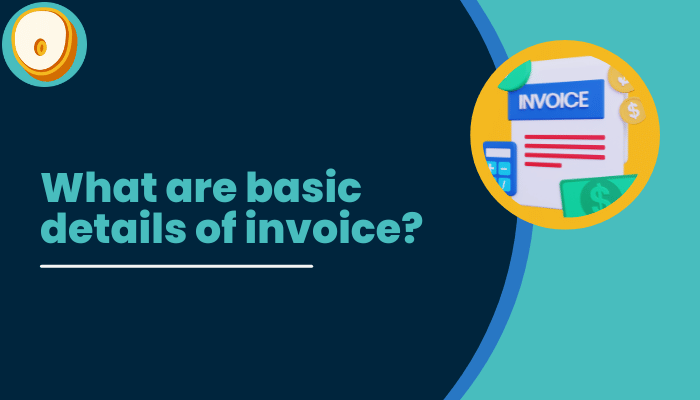Businesses provide invoices to their customers, much like receipts. These documents outline the products or services delivered and the amount owed. Invoices help companies track transactions with their clients. For instance, a graphic design business would send an invoice for a logo design project, listing the service and the agreed price. Invoices make sure companies acquire the correct payment and prevent payment disputes by way of clearly detailing what was delivered and its cost. By sending invoices directly and accurately, companies can efficiently control their operations and ensure timely payments.
Check: Invoice Generator
Why do Businesses use Invoice?
Invoices are important source documents in accounting. They show details about sales transactions between a business and its clients. Here’s how invoices work in accounting:
- Keeping Track of Sales: Invoices record every sale a business makes, whether it’s for products or services. They include key details like the date, a list of things sold, how many were sold, the price for each, and the total amount owed. Having this information helps businesses accurately track how much money they made from sales over time.
- Timely Invoicing Means Timely Payments: Invoices are formal requests asking customers to pay. They include payment due dates and accepted payment methods. Sending invoices promptly with clear payment expectations encourages customers to pay on time. This helps businesses maintain healthy cash flow.
- Tracking Inventory with Invoices: For businesses selling physical products, invoices document sold items. This data tracks inventory levels accurately. It aids in replenishing stock, forecasting demand, and preventing stockouts or overstocking.
- Invoices hold valuable historical financial data: Businesses review them to analyze sales performance and financial health over time. Studying past invoices reveals trends, patterns, and sales fluctuations, informing decisions like pricing, product offerings, and resource allocation.
- Tax compliance necessitates accurate invoices: These documents report taxable income, crucial for preparing financial statements, tax returns, and audits. Businesses must have invoices as evidence to correctly calculate and report sales revenue for tax purposes, adhering to laws.
What are the basic details of the Invoice?
The basic yet essential details that are a must in the Invoice, are as follows:
- Invoice Number: Each invoice your business sends out has a unique number, like a serial code. This helps you keep track of your transactions and easily find specific invoices when needed.
- Invoice Date: The invoice date is simply the date when you send the bill to your customer. This tells them when you’re asking for payment and helps both parties know when the transaction occurred.
- Due Date: The due date is the deadline for your customer to pay the bill. It’s a friendly reminder of when you expect to receive their payment.
- Billing Information: Billing information includes your business details like name, address, and contact info, as well as your customer’s details. It’s important to ensure this information is accurate so the invoice reaches the right person.
- Description of the Items: This section outlines what you’re charging for. It’s like a list that tells your customers exactly what they’re paying for, including the quantity and price of each item.
- Total Amount Due: The total amount owed is the total your customer needs to pay. It sums up all the costs on the invoice, including taxes and any discounts.
- Payment Details: The payment terms explain the rules for paying the bill. They outline when payment is due, what payment methods are accepted, and if there are any late fees. This helps everyone understand the expectations of paying the invoice.
FAQs on Invoice
- How to resolve an Invoice Dispute?
Bills can sometimes have errors, like being charged for something you didn’t receive or being asked to pay too much. If this happened at work, you would want to address it professionally. First carefully review the bill to understand the discrepancy. Then you must politely contact the company to explain the issue and request a correction. Throughout the process, you must remain calm and solutions-oriented, working collaboratively to resolve the problem. Drawing on any prior experience dealing with billing errors could help you handle the situation effectively. The key is addressing the problem directly but tactfully, to get the issue resolved constructively.
- How to ensure timely Invoice collection?
Maintaining timely invoice payments is crucial for any business to keep its finances organized. Here are some effective strategies:
- Make invoices clear and detailed to avoid confusion.
- Set payment terms upfront.
- Offer incentives for early payment and penalties for late payment.
- Send reminders before the due date.
- Accept diverse payment methods to make it easy for customers.
- Have a plan to handle overdue invoices.
- Focus on building strong customer relationships.
- Use technology to automate invoicing and track payments.
- Regularly review your accounts and address any issues promptly.

